House of Music’s undulating roof by Sou Fujimoto evokes tree canopy
Architect Sou Fuijimoto and Liget Budapest Project reveal the House of Music in Hungary, a striking cultural landmark with a nature-inspired roof
Palkó György - Photography

The highly anticipated House of Music in Hungary has opened its doors. The new, leading European cultural venue, designed by the renowned Japanese architecture studio of 2022 Wallpaper* Design Awards judge Sou Fujimoto, not only represents a striking new landmark for the country, but it also is the architect’s very first completed, permanent, new-build in the continent. Dedicated to music in Budapest and built as part of the Liget Budapest Project, the House of Music is now ‘Europe’s largest and most ambitious, multiple award-winning urban cultural development’, say its creators; and it’s opening its doors to the public today (23 January 2022).
The structure is clearly defined by its distinctive, undulating roof. Far from being just an aesthetic decision or an architectural whim, this element is carefully designed to host a range of interactive musical experiences. Located within Budapest’s green City Park, the venue’s volume formation references trees and the natural canopy of foliage and forests. A glass façade – reaching a soaring 12m high in places – mirrors the verdant surroundings and makes for a light presence that directs the eye upwards, towards the ceiling. There, ‘30,000 decorative tree leaves [are] set in the suspended ceiling and secured in place by a steel structure made out of 1,000 honeycomb-shaped elements’.
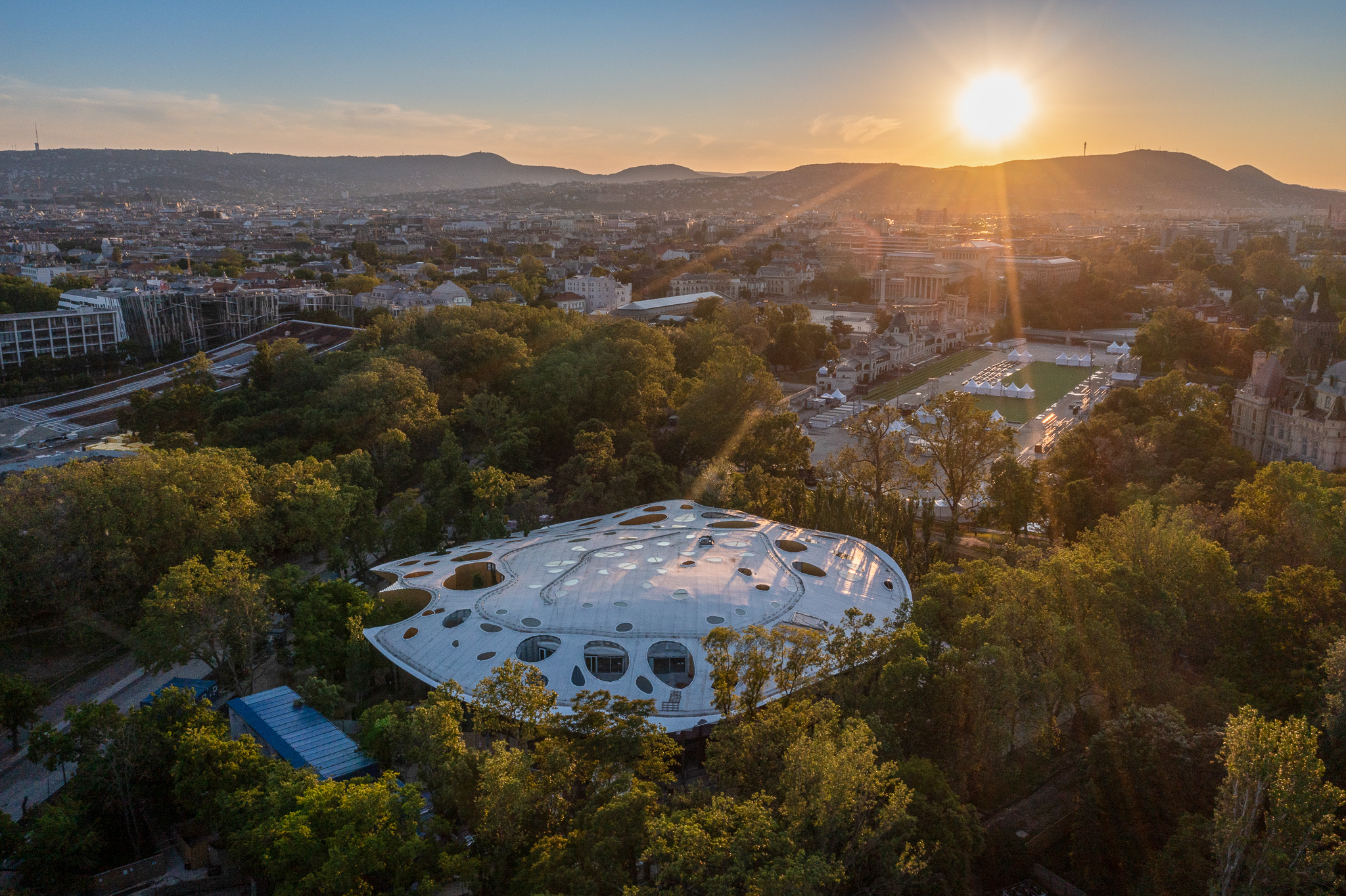
Inside, concert halls (featuring cutting-edge aural design by Nagata Acoustics, the studio behind similar centres such as the Walt Disney Concert Hall, Los Angeles, and Elbphilharmonie, Hamburg) and music venues of different scales and types are complemented by exhibition space that is planned to tell stories around the history of European music (the first foray into the field will showcase the history of Hungarian pop music from 1957 to 1993). Three interior levels provide ample opportunity to celebrate music in various forms – from the lower ground display areas, to the ground floor performance spaces and finally, that roof, inside which music playing meets education in state-of-the-art learning facilities.
A range of renewable energy strategies, such as geothermal sources, create strong eco credentials for the new House of Music, which was designed around respectful, sustainable architecture principles. Some 100 holes of various sizes perforate the roof, connecting this building to its natural surroundings in more ways than one, allowing air and light to enter the building and filter through to the ground floor in a pleasant, semi-open architectural arrangement.
‘We were enchanted by the multitude of trees in the City Park and inspired by the space created by them. Whilst the thick and rich canopy covers and protects its surroundings, it also allows the sun’s rays to reach the ground. I envisaged the open floor plan, where boundaries between inside and outside blur, as a continuation of the natural environment,’ says Sou Fujimoto.
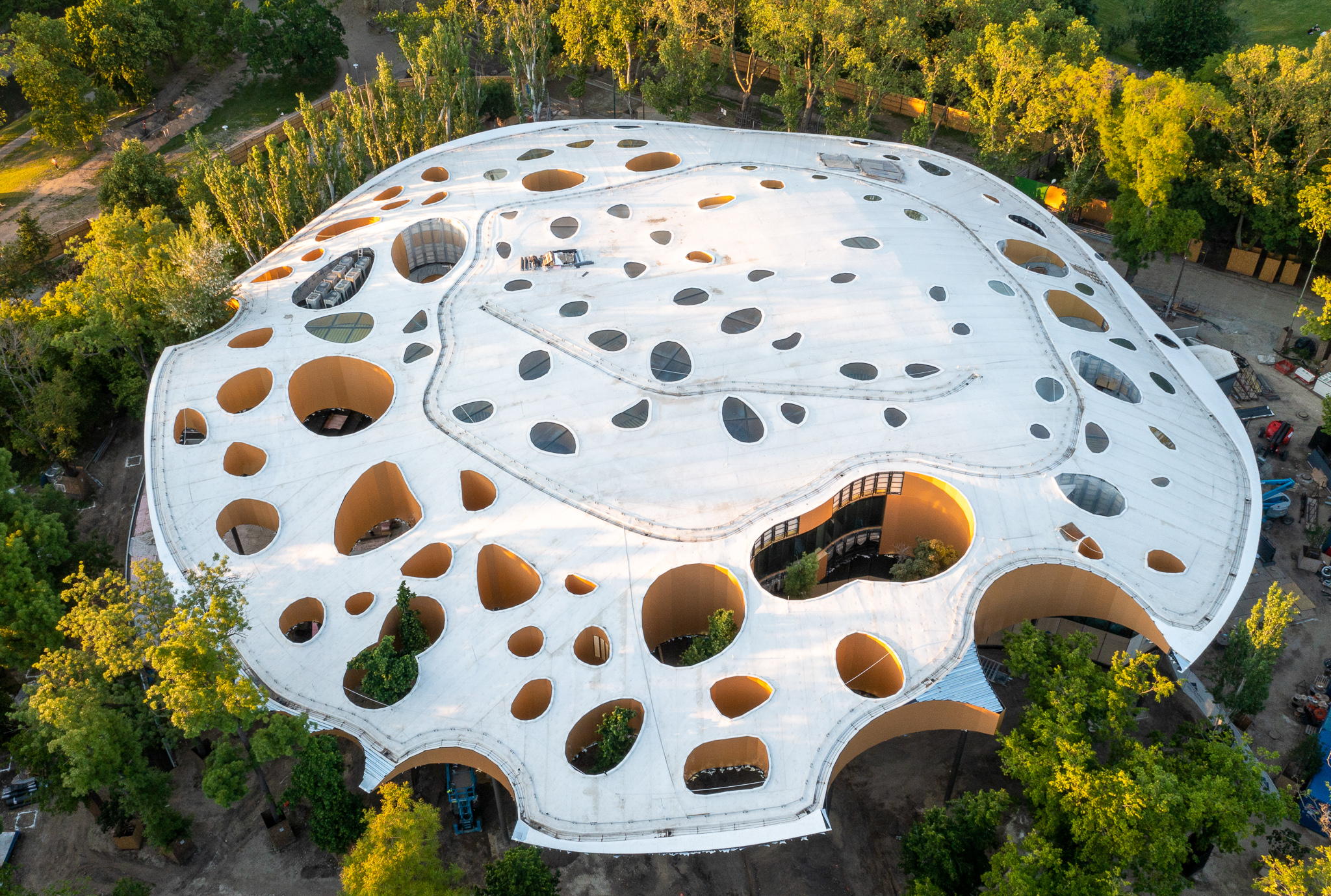
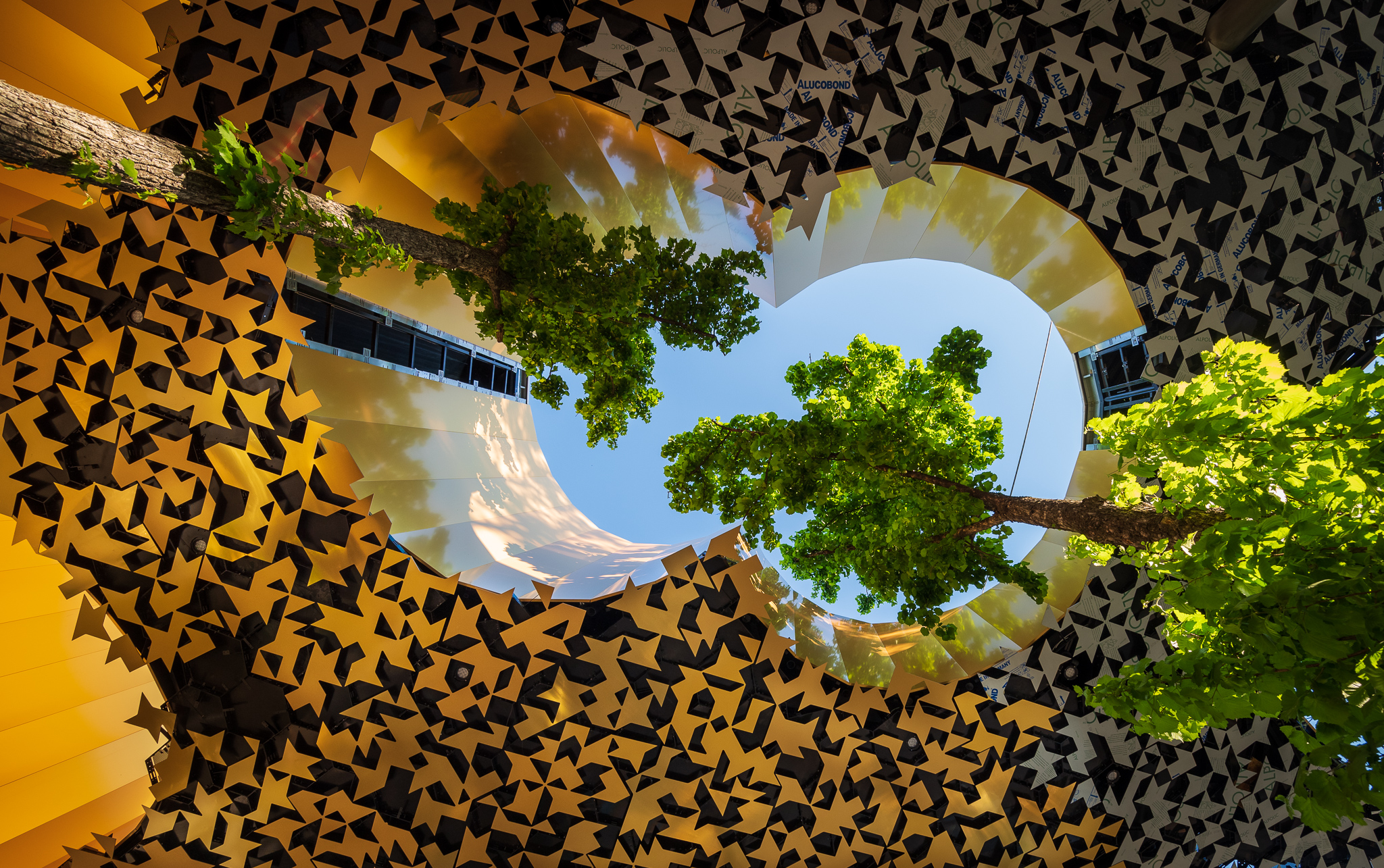
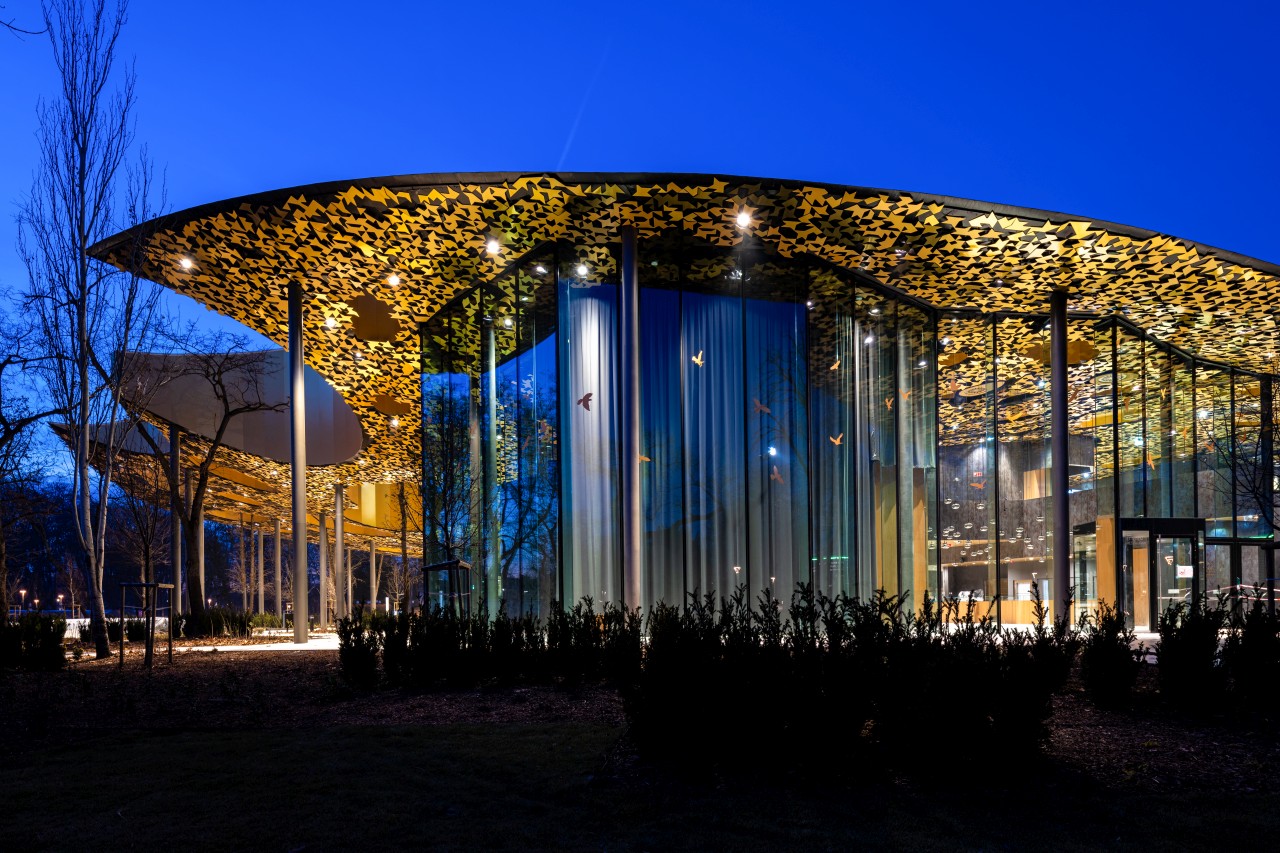
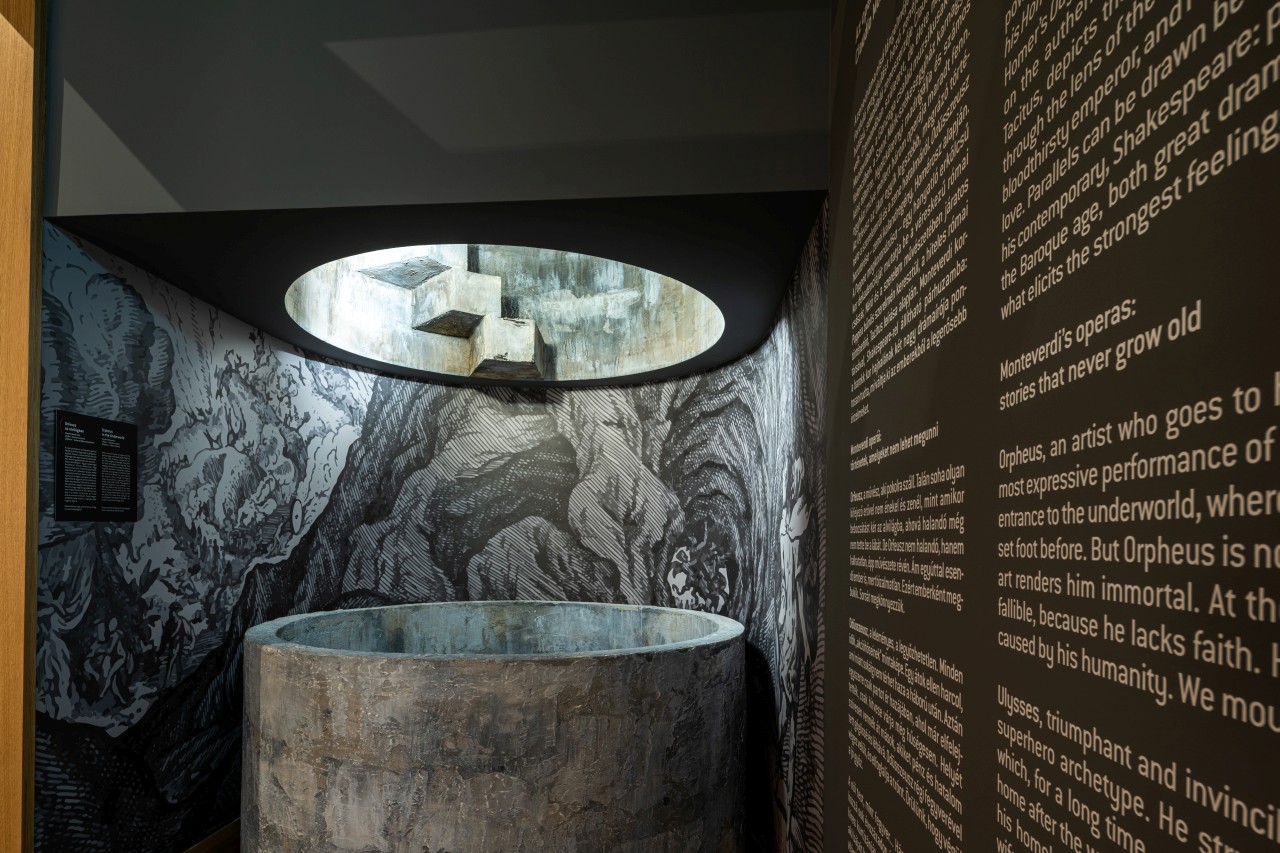
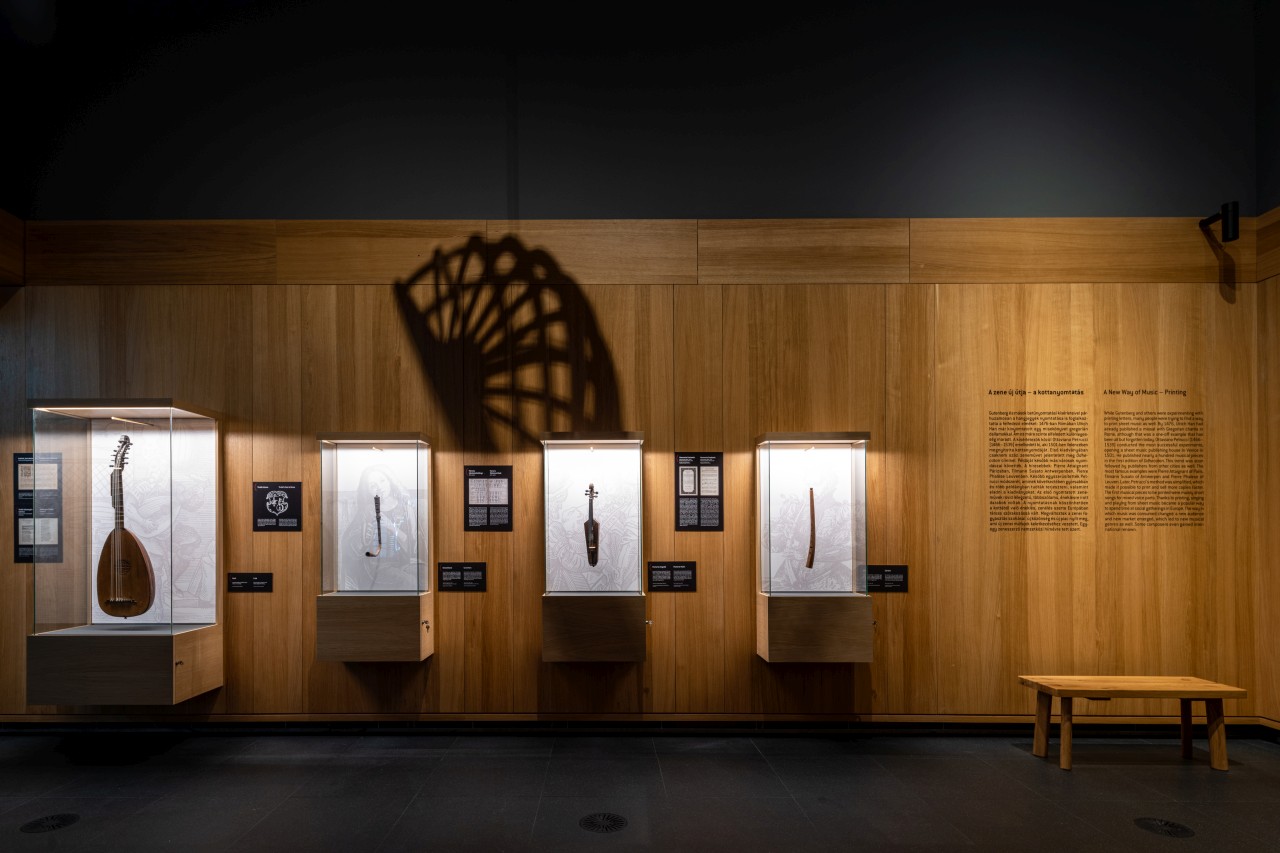
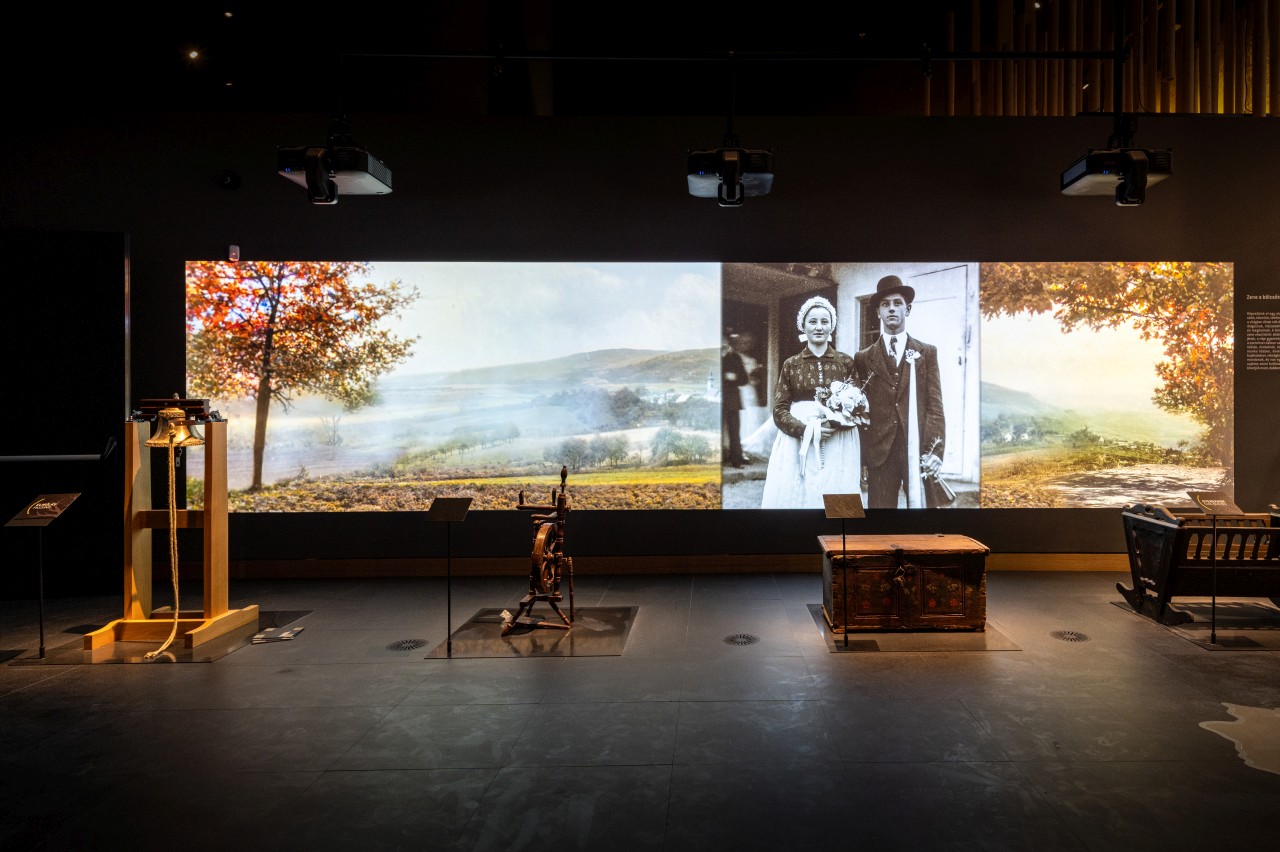
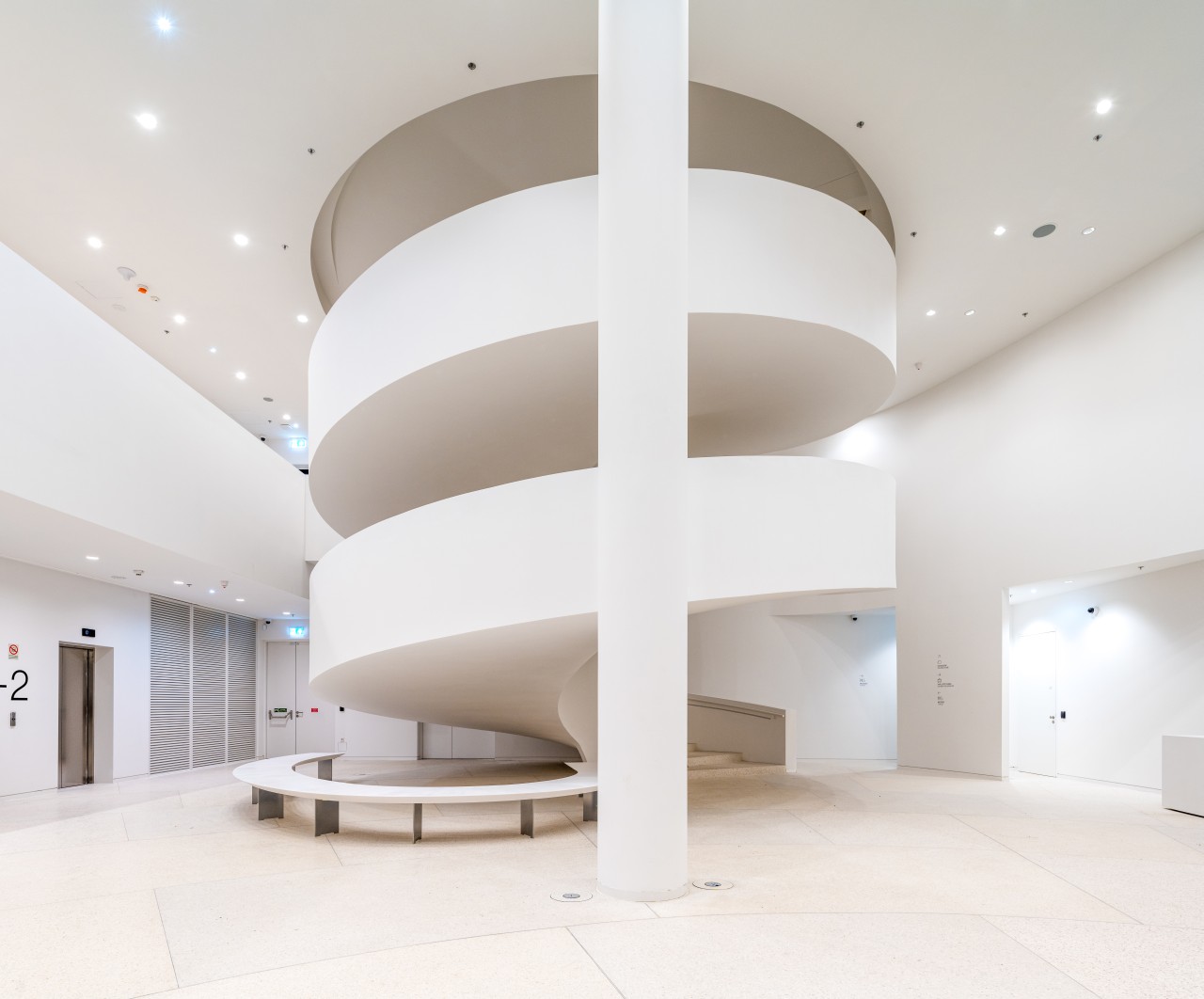

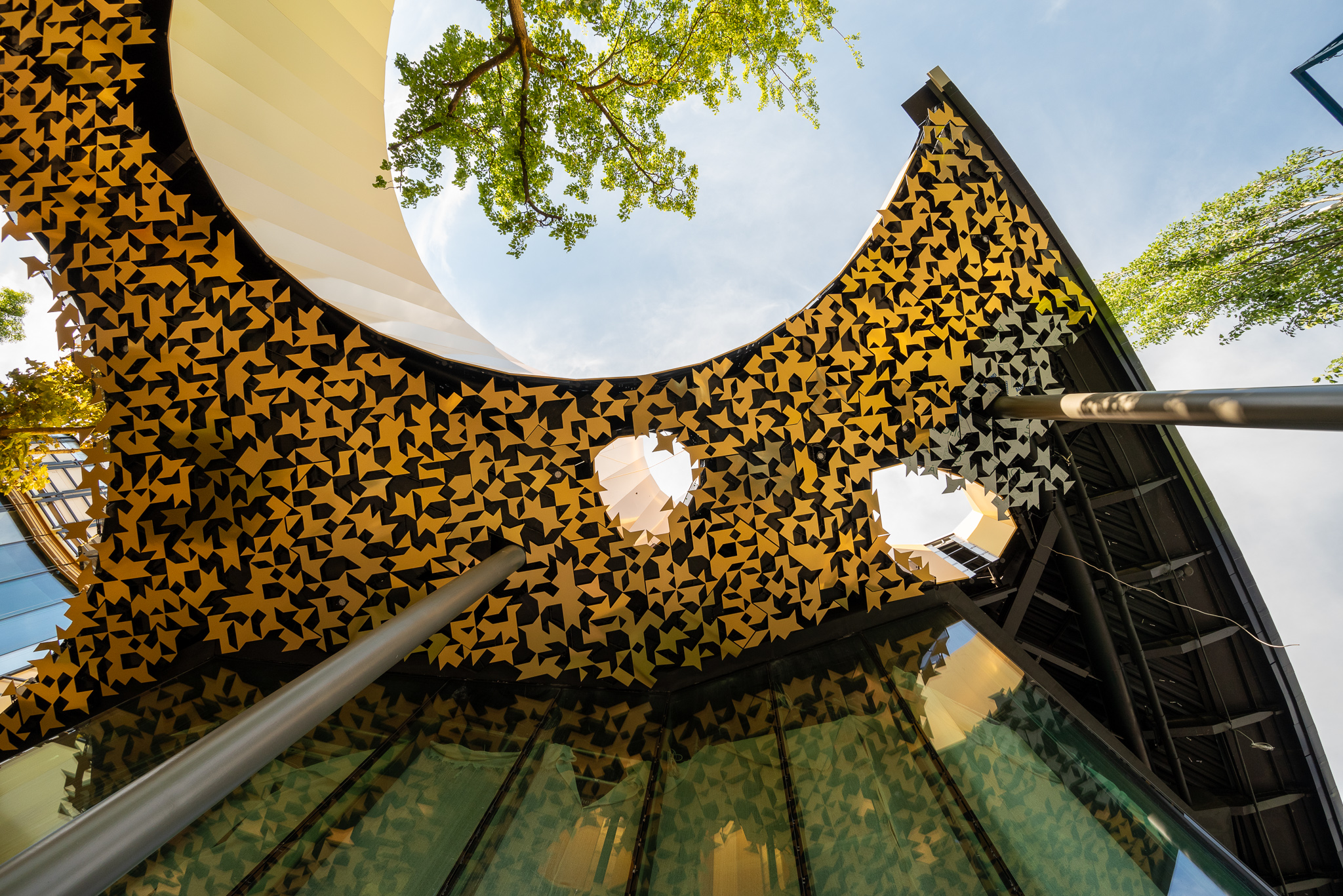
INFORMATION
Receive our daily digest of inspiration, escapism and design stories from around the world direct to your inbox.
Ellie Stathaki is the Architecture & Environment Director at Wallpaper*. She trained as an architect at the Aristotle University of Thessaloniki in Greece and studied architectural history at the Bartlett in London. Now an established journalist, she has been a member of the Wallpaper* team since 2006, visiting buildings across the globe and interviewing leading architects such as Tadao Ando and Rem Koolhaas. Ellie has also taken part in judging panels, moderated events, curated shows and contributed in books, such as The Contemporary House (Thames & Hudson, 2018), Glenn Sestig Architecture Diary (2020) and House London (2022).
-
 Unmissable fashion exhibitions to add to your calendar in 2026
Unmissable fashion exhibitions to add to your calendar in 2026From a trip back to the 1990s at Tate Britain to retrospectives on Schiaparelli, Madame Grès and Vivienne Westwood, 2026 looks set to continue the renaissance of the fashion exhibition
-
 Design studio Palma is a tale of twos, where art and architecture meet
Design studio Palma is a tale of twos, where art and architecture meetWallpaper* Future Icons: in São Paulo, artist Cleo Döbberthin and architect Lorenzo Lo Schiavo blur the lines between making and meaning. Through Palma, they explore a dialogue shaped by material, memory and touch.
-
 This curved brick home by Flawk blends quiet sophistication and playful details
This curved brick home by Flawk blends quiet sophistication and playful detailsDistilling developer Flawk’s belief that architecture can be joyful, precise and human, Runda brings a curving, sculptural form to a quiet corner of north London
-
 This Fukasawa house is a contemporary take on the traditional wooden architecture of Japan
This Fukasawa house is a contemporary take on the traditional wooden architecture of JapanDesigned by MIDW, a house nestled in the south-west Tokyo district features contrasting spaces united by the calming rhythm of structural timber beams
-
 Take a tour of the 'architectural kingdom' of Japan
Take a tour of the 'architectural kingdom' of JapanJapan's Seto Inland Sea offers some of the finest architecture in the country – we tour its rich selection of contemporary buildings by some of the industry's biggest names
-
 Matsuya Ginza lounge is a glossy haven at Tokyo’s century-old department store
Matsuya Ginza lounge is a glossy haven at Tokyo’s century-old department storeA new VIP lounge inside Tokyo’s Matsuya Ginza department store, designed by I-IN, balances modernity and elegance
-
 The Architecture Edit: Wallpaper’s houses of the month
The Architecture Edit: Wallpaper’s houses of the monthThis September, Wallpaper highlighted a striking mix of architecture – from iconic modernist homes newly up for sale to the dramatic transformation of a crumbling Scottish cottage. These are the projects that caught our eye
-
 Utopian, modular, futuristic: was Japanese Metabolism architecture's raddest movement?
Utopian, modular, futuristic: was Japanese Metabolism architecture's raddest movement?We take a deep dive into Japanese Metabolism, the pioneering and relatively short-lived 20th-century architecture movement with a worldwide impact; explore our ultimate guide
-
 A new Tadao Ando monograph unveils the creative process guiding the architect's practice
A new Tadao Ando monograph unveils the creative process guiding the architect's practiceNew monograph ‘Tadao Ando. Sketches, Drawings, and Architecture’ by Taschen charts decades of creative work by the Japanese modernist master
-
 A Tokyo home’s mysterious, brutalist façade hides a secret urban retreat
A Tokyo home’s mysterious, brutalist façade hides a secret urban retreatDesigned by Apollo Architects, Tokyo home Stealth House evokes the feeling of a secluded resort, packaged up neatly into a private residence
-
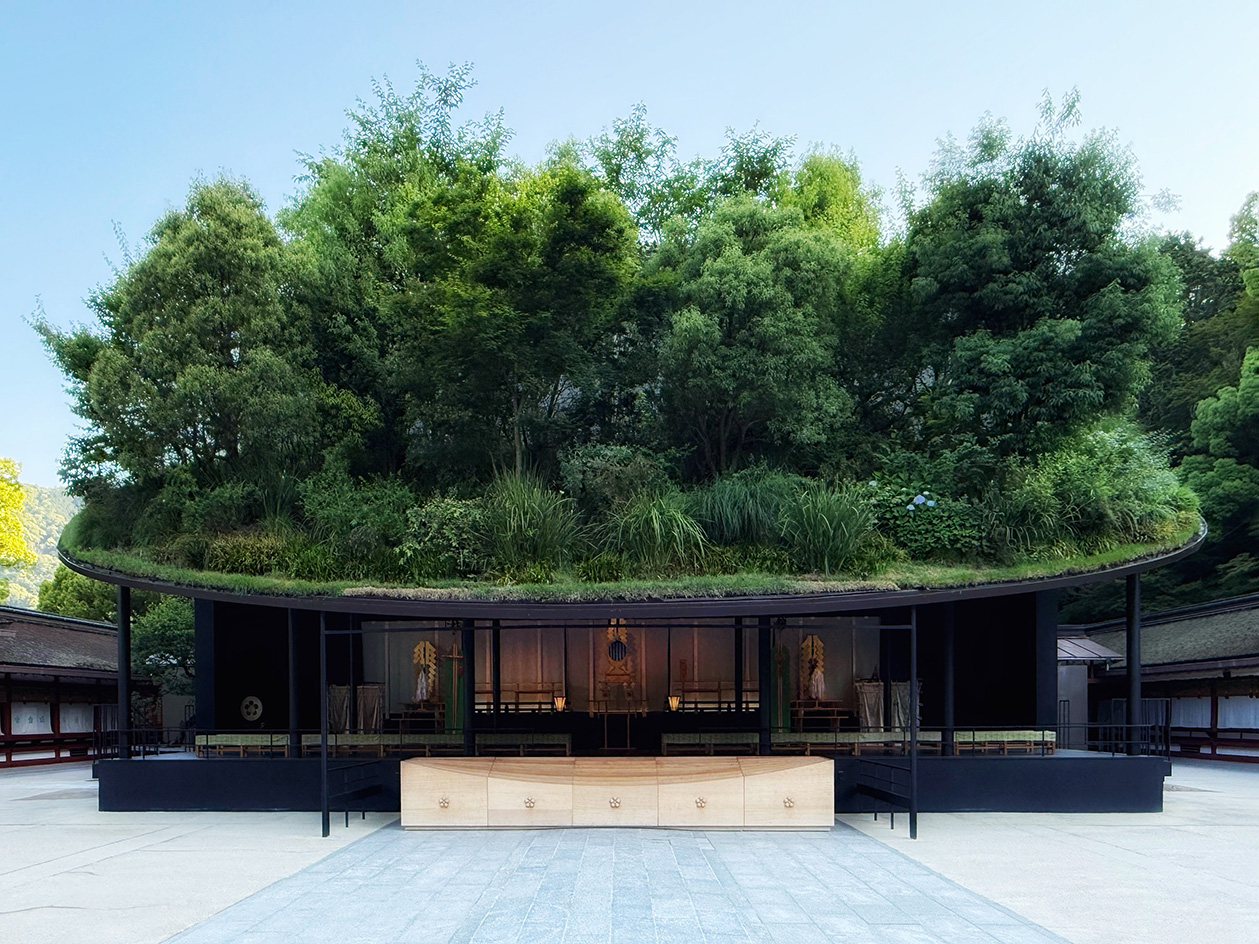 Landscape architect Taichi Saito: ‘I hope to create gentle landscapes that allow people’s hearts to feel at ease’
Landscape architect Taichi Saito: ‘I hope to create gentle landscapes that allow people’s hearts to feel at ease’We meet Taichi Saito and his 'gentle' landscapes, as the Japanese designer discusses his desire for a 'deep and meaningful' connection between humans and the natural world